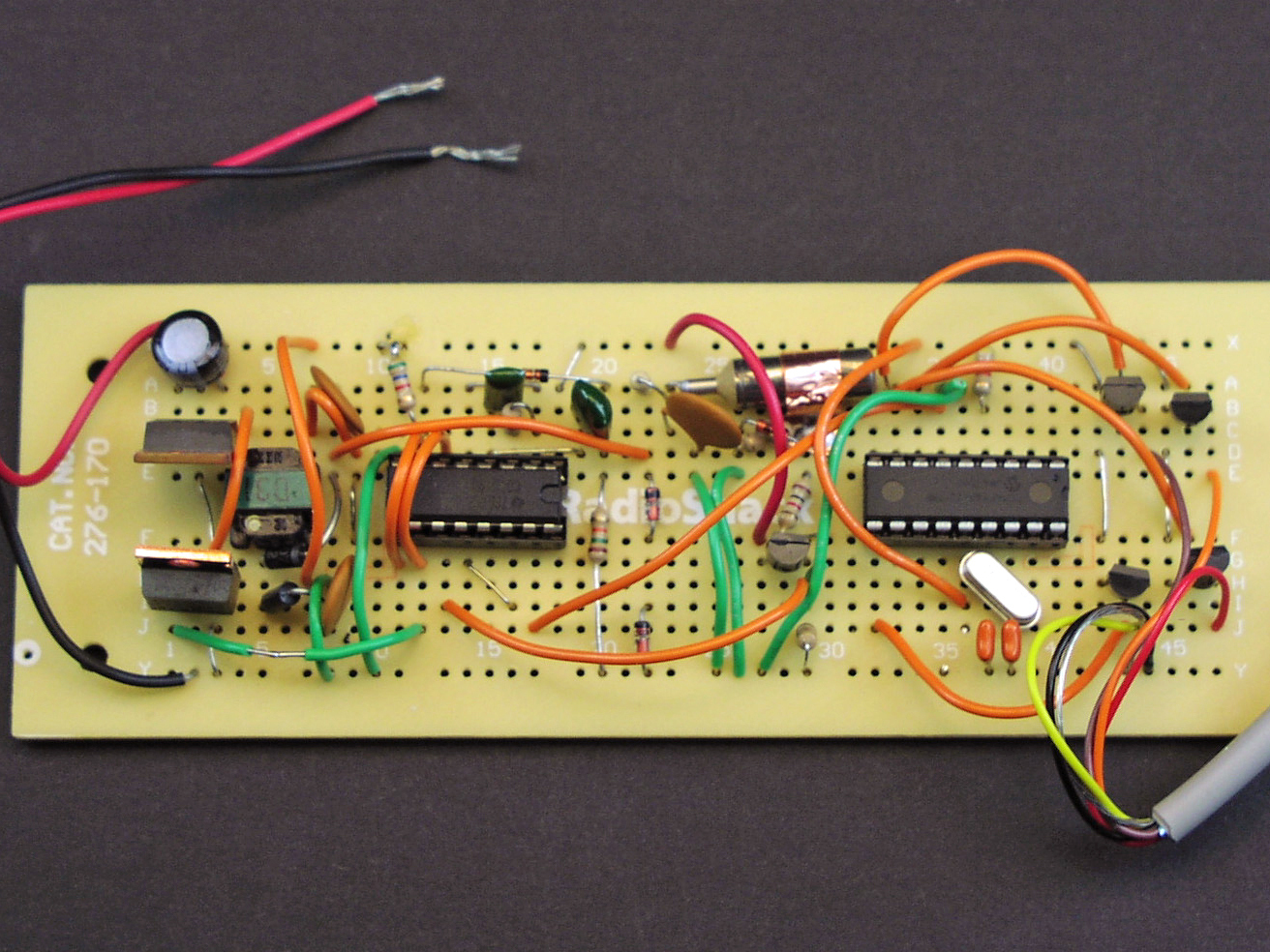Albert Einstein once wrote that God does not play dice with the universe. To which Niels Bohr (or Enrico Fermi) reportedly replied, “Stop telling God what to do with his dice.”
Here’s a mood lamp that expresses these dice as 4 multicolored cubes that blink randomly, with true randomness — not the deterministic, pseudo-random chaos that computers and other closed, logic-based systems produce, but real, nonreplicable randomness, triggered by background radiation from across the universe.
I designed this lamp for testing ESP (extrasensory perception), although it has other fun and interesting applications. At the heart of the device is a mini Geiger counter that detects ionizing radiation from 3 main sources: cosmic radiation from the sun and stars; terrestrial radiation from radioactive elements in the soil, air, and water; and radioactive isotopes in living organisms’ bodies, such as potassium-40, carbon-14, and lead-210.
To produce the random numbers, a microcontroller constantly runs through a loop counting from 1 to 4. Whenever the Geiger counter detects a particle, the loop is interrupted and the last number counted indexes to one of the 4 LED cubes. This new cube is lighted, and the counting resumes until the next detection. The algorithm resembles a fast-spinning carnival wheel that’s stopped occasionally to read the pointer position, then spun again.
As a result, a new cube on the lamp switches on about once or twice a minute, under normal circumstances. If the same cube lights again, it momentarily blinks off in between. For logging and other uses, the random numbers are also sent to a serial port as TTL data (0V low, 5V high) that can be read by a PC.
















